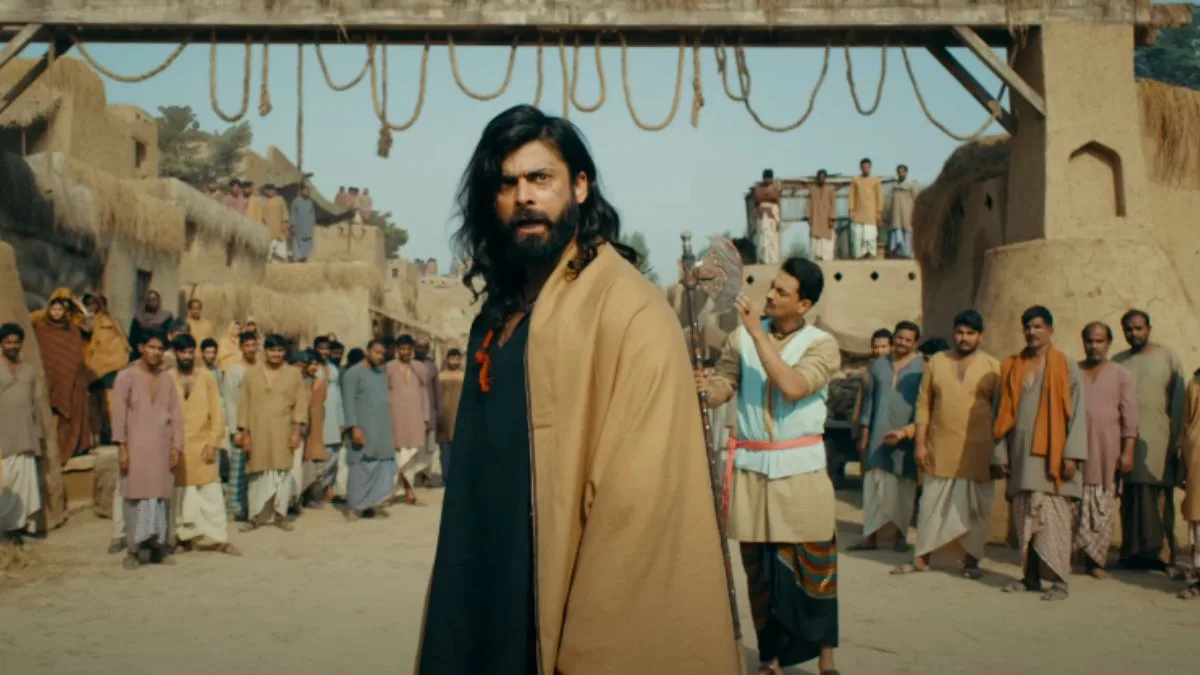
Jim Hanna never expected to make burritos in the middle of the Los Angeles freeway. But one morning, when he was the on-set caterer for the Christina Ricci comedy “Pumpkin,” he got a flat tire while driving his mobile kitchen to work. “There was no way I could get there on time, but I still had to feed people,” he told IndieWire.
“So I called the production manager and said, ‘Look, I’m gonna cook burritos on the side of the interstate. I need you to send me a van that can get them to set.’ And after that, a tow truck came and towed the kitchen directly to location.

” Give or take a flat tire, that’s how it goes when you’re feeding a film or television crew. It takes a special kind of chutzpah to consider production catering’s unique blend of logistical challenges, dietary demands, and health regulations and think, “Yes, this is the life for me.” Just ask Maria Valadez, co-founder of the Nashville-based M & M Plus Catering .
“There are no off days and no times when you can just say, ‘Sorry, we’re closed,’” she said. “You have to be very committed to it and very passionate, or you won’t make it.” Consider what it takes to organize a kitchen.
If a project shoots in a single location, then the caterer can count on cooking and serving with the same set-up every day. Many productions, though, move from place to place, and every time that happens, the caterer has to improvise a new plan. (Note that this is catering, which refers to full meals, not craft service, which refers to the table of snacks available at all times.
) “Most of the time, you go in blind,” said Robert Eby, who owns New York City’s Roadhouse Catering . “Production might point you to a church basement or an empty school or a storefront that’s not rented, and that’s where you facilitate a meal. Not too long ago, I was in a huge space near Union Square, and we were doing an omelet station.
But it got too smoky. There was no air circulation, and we were trying to make 250 omelets. We had to shut that down and change the plan.
” Even being in a building is a luxury. Hanna, whose Hanna Brothers catering business has offices in both Atlanta and New Orleans, has cooked many meals out of a mobile kitchen parked in the middle of a field, running off nothing but a generator. “You drive the thing 40 miles to set, and then you’re really out there on your own,” he said.
“Before you even get to the cooking, you’ve got to troubleshoot mechanical issues. If your fryer goes down, you’re not going to wait an hour for somebody to come out and look at it. You’re either going to fix it, or you’re going to change your menu so that you’re using your flat top instead.
” Location shooting also makes it tricky to address a crew’s dietary needs. When you’re deep in the woods or the desert, it can be hard to find a decent convenience store, let alone a supplier ready to provide vegan options, or even enough potatoes to make fries for 150 people. (Everyone interviewed for this story mentioned feeding 150 people at a time.
) “When my team goes into a location, the first thing they do is get familiar with all the suppliers in the area,” said Valadez. “We have to build relationships. Like, ‘Hey, this might be a good place to pick up produce, or this place might be able to help us wash our dishes.
” Similarly, when he was working on the film “The Tailor of Panama” in the actual country of Panama, Hanna had contacts who brought him produce on a cart they pulled behind a bicycle. And this is all just prologue: Mostly, caterers worry about making satisfying food. For the Apple TV + series “Lady in the Lake,” M & M spent seven months feeding the same folks multiple meals every day.
“We had to create a different menu every time,” said Valadez. “We were always thinking, ‘How many days ago did we feed them that? Did we give them pork loin last week or two weeks ago? How many times did we give them zucchini?’ The last thing they want is to eat the same thing over and over.” Because they consistently serve the same population, caterers at least have immediate insight into what’s popular on the menu.
“By the second or third day, you see what percentage of the fish has been eaten, versus what percentage of the beef or the chicken,” said Eby, whose clients include “Sesame Street” and “The Daily Show.” “It becomes like having regular customers at a restaurant. You learn what this particular crew likes, and you adjust for them.
” Hanna added, “One thing I like about film catering is that you instantly get graded. You’ve got the front window of your mobile kitchen wide open, and the crew is eating 30 feet away. There are some departments that’ll walk by the window and say, ‘The chicken was awesome today, Jim!’ Or they’ll tell you flat out that something was undercooked.
” That intimacy speaks to why production caterers stay in the game. “I’m a pleaser,” Hanna said. “I like making people happy.
And at the end of the day, I’m trying to make it so the crew doesn’t have to worry about food. I feel good if they can come in and and have a beautiful breakfast, beautiful lunch, and they can think about their lines for the day or the wardrobe for the day or the makeup they’ve got to do.” Eby concurred.
“These people work really hard,” he said. “They work 12-hour, 15-hour days, so they really look forward to those meals. The better you do [as a caterer], the better you can make their entire work environment.
I want to make it a little easier for them.”.














